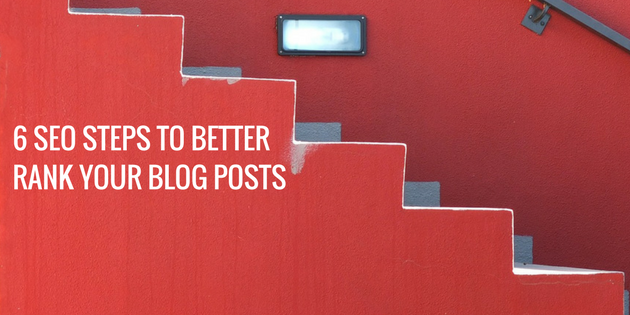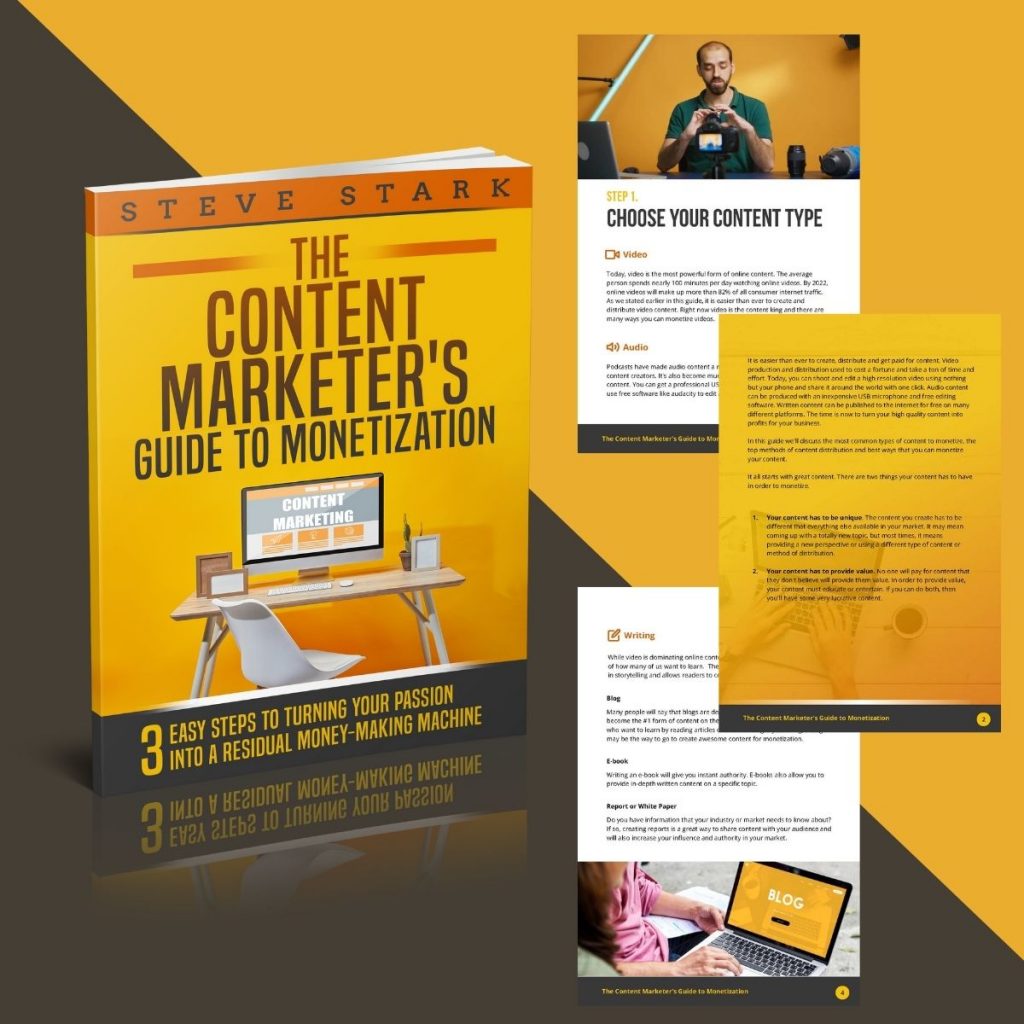We often overlook some very simple SEO steps for our blog posts.
The goal of every business owner marketing online is to attract the right kind of people to their content.
Having great content is a good start but it often takes more to get people to find your stuff.
This is where Search Engine Optimization comes in play.
We don’t need to overcomplicate our SEO process.
In today’s video I show you 6 SEO steps that will help your content rise in the search engine rankings.
6 SEO Steps for Your Blog Posts
Keyword Research

Some of the keywords used in this post.
All your SEO efforts have to start with the proper keywords.
Keyword research is not difficult but you have to know your target market to find effective keywords.
What are your potential customers/clients searching for?
What do they need?
How does your product or service provide their solution?
Answering these questions are essential to keyword research.
Use the Google Keyword Planner. It’s free and still the best way to research keywords.
Keywordshitter.com is another useful site to give you ideas for keywords.
SEO Title Tag

The title of one of our other blog posts.
Your title tag is the introduction to your content.
Not only will it help to put the keyword up front in the title tag, but you also make that keyword visible in the results to those searching for it.
Be sure to watch your title length as well. 60 characters is generally the recommended title length. Longer than this will likely be cut off by the search engines and they’ll add an ellipsis (“…”).
Keep your target market in mind. Write your title for them. What will make them click on your title and read your content?
Figure that out and you’ll have success online.
SEO Meta Description

Above is the preview of the title and description in SEO Yoast.
As with the title tag, the meta description is your chance to explain to searchers why they should click your link.
Here you should also put the keyword at the beginning of the description and put your most compelling sentence first as they often truncate the description after 160 characters in search results.
Make the description long enough to explain what your post is about but try to stay under the 160 character limit.
Do not stuff the title full of keywords. Be sure the description reads naturally and doesn’t sound spammy. Make it compelling so searchers want to open you content.
Readability

SEO Yoast’s readability feature for this blog post.
A readability score is a computer-calculation which tells you roughly what level of education someone needs to be able to read your content easily.
The reason this is important SEO is that activity of readers in your content.
If people click your link and find that the article is not connecting with them, their stay is short.
Search algorithms are looking at the amount of time readers are spending with content and that factors into to your optimization.
While it will depend on the content and the audience, as a general rule of thumb keep your language fairly simple and straight forward.
Also, with the majority of content being viewed with mobile devices, use short paragraphs of 1 or 2 sentences and a larger font (16px-18px) to make it easy on the readers eyes.
SEO Yoast is the has the readability score built into their plugin. It’s the best tool out there for bloggers to optimize their SEO.
Keyword Heading Tags

An H2 and H3 tag from this blog post.
Organize your content with header tags that contain your keyword.
Heading tags are a great way to break up and organize your content.
Search engines want a good reader experience and having organized content that is broken into easily digestible sections will improve your ranking.
You can use either or both of the or heading tags in multiple spots within your posts.
Images & Alt Tags

The image details showing the Caption and the Alternative Text.
Having imagery for your site is critical.
Visuals are also a great way to break up your content.
When you use images you need to give some forethought to the file name and alt tag to be sure you include a keyword from the post.
For this article the images have the keyword “seo steps” included in both the name and alt tag.
As a blogger, getting our content in front our target market can be challenging.
These SEO steps should help put you on the right track to increasing your search rankings.
I hope you found value with today’s post.
If you did please remember to like, comment and share.
To Your Success!
Steve Stark
Call Any Time: 262-378-0234
Follow me on Twitter: @stvstark




